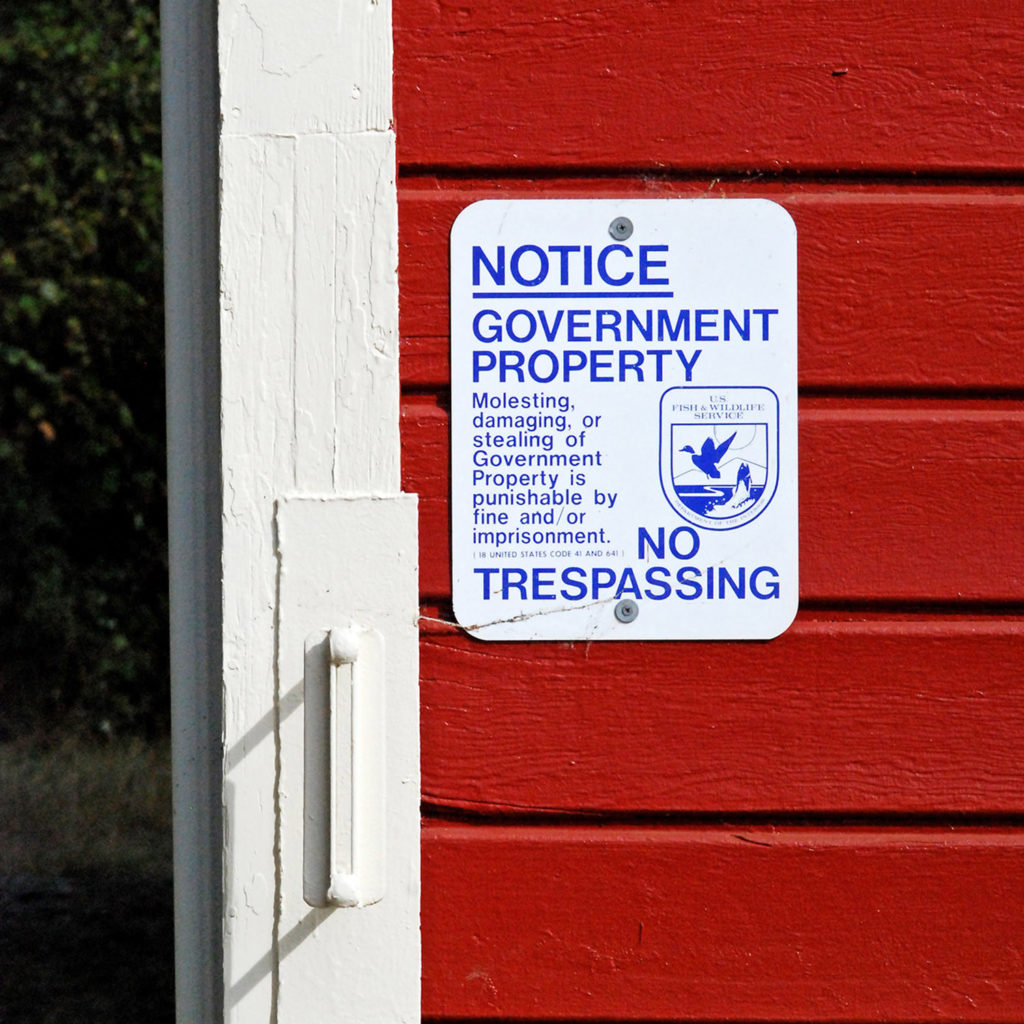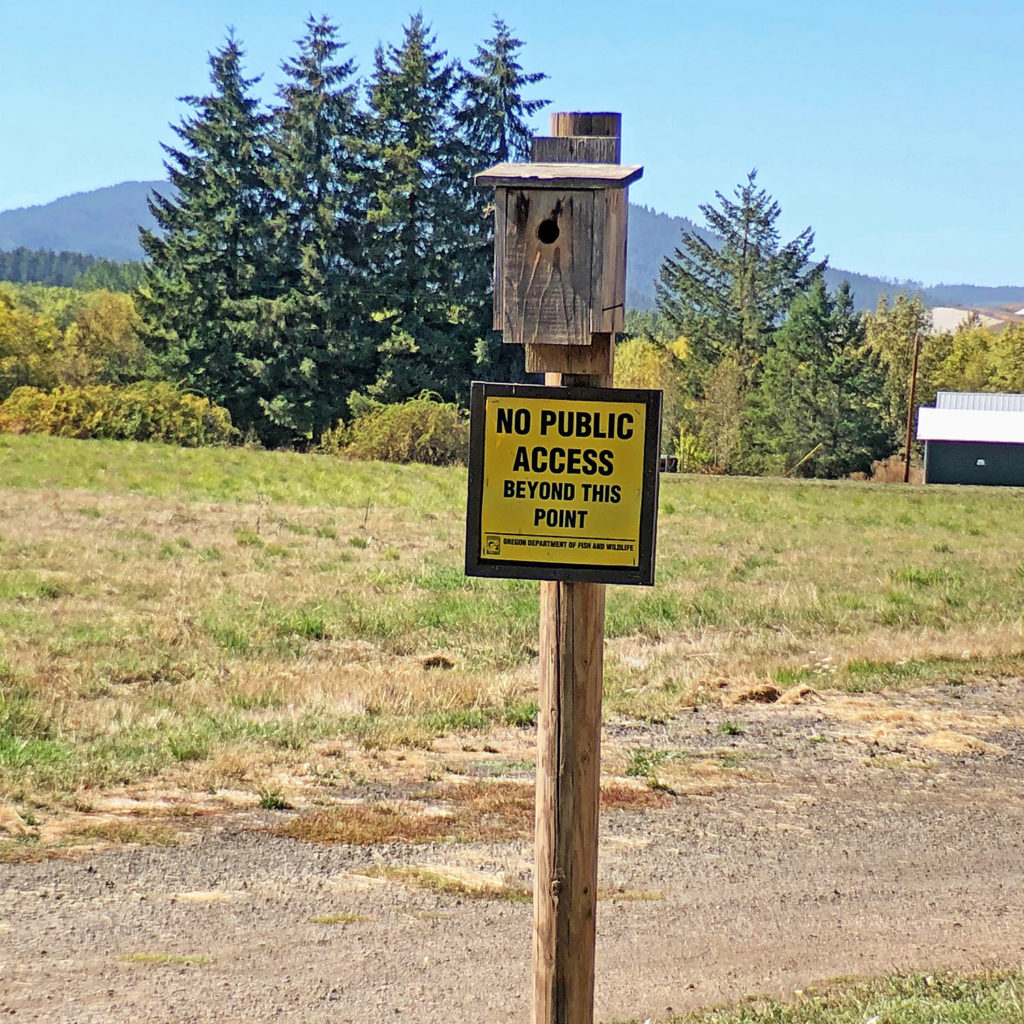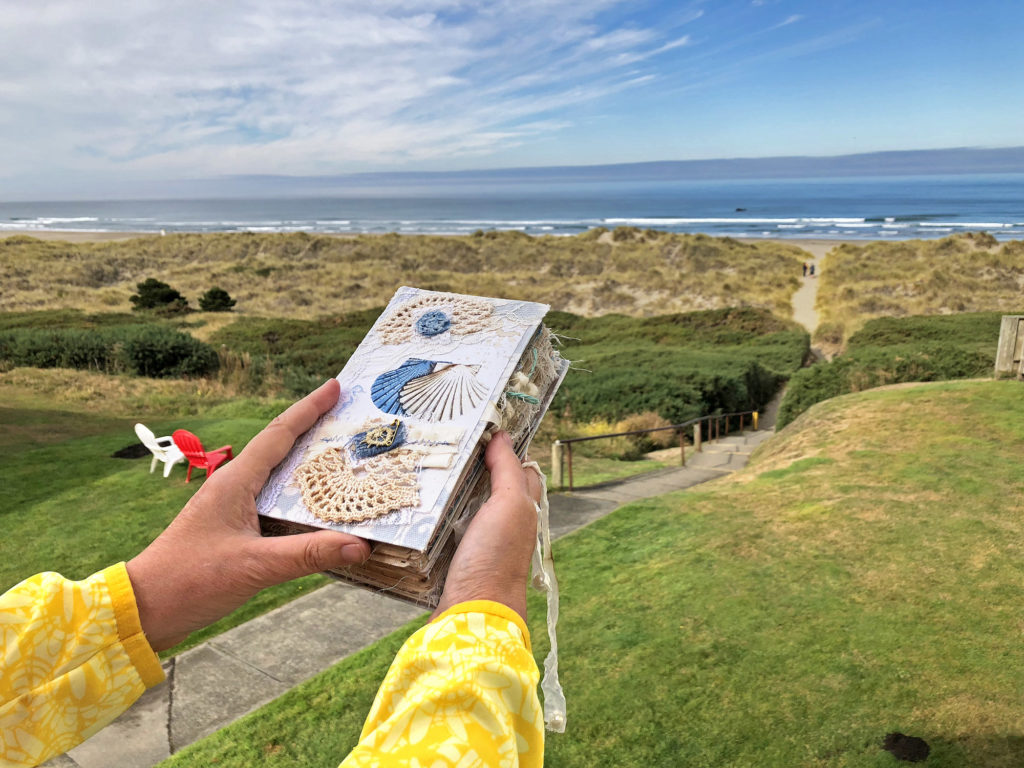
Science Writing Capturing Observations and Processes


Science Writing Objectives
-
Provide examples of various forms of science writing.
-
Describe the roles of science writing in recording and revising science knowledge.
-
List the key components and uses of field notes, and produce field notes that include these components.
Science writing comes in many forms and is critical in communicating scientific knowledge.
It can be easy to think of scientific knowledge as just something published in old books, sitting on dusty shelves.
Scientific knowledge is continually updated.
New researchers repeat, revise, and innovate with the latest technologies. But no one would know if the research wasn’t published.
Scientists publish their research results
Other researchers can then check, refute, revise, and build on this work.
Scientists also present research at conferences in poster and presentation formats.

Poster Session
The parts of a research article are arranged on a poster and the researcher talks directly with people who stop by to read about the research.

Presentation
Research talks also typically follow the research article format in pre-determined time slots. The audience can be large and ask questions after the talk.
Most science writing is not the “scientific” research articles published by scientists. Other forms of writing are critical in communicating science information.
Field guides have are a specific form of science writing intended for quick identification of organisms or natural features like clouds and star patterns.
Print-format field guides have an advantage over many free online field guides in providing quality illustrations, photos, and edited text.
Field Notes

Field notes are writings and sketches taken on location. They are similar in format to good class notes: a combination of text, images, and icons.
Field notes take time, and require focus on an organism and/or a location. They were critical prior to photography, but remain important and a distinct way to capture data.
Field notes made centuries ago are still used to this day.

An example of field notes in action are the field notes published by F. Hamilton in 1822. Hamilton traveled through India, collected, and made field notes of a variety of fish species. These notes became the standard used to identify and name dozens of fish species.
An example of one of our course favorite fish that Hamilton identified is Badis badis, also called the “chameleon fish” because it can rapidly change colors (more on that in the camouflage section).
Hamilton noted the identifying features of Badis, and also added information on the behaviors he could observe. Which were not many, since they are small (less than two inches) and well camouflaged.


In the time that followed Hamilton’s work, other naturalists wrote about Badis badis, noting they were “sluggish,” “lethargic,” and “dull.”
Specimens of Badis did not make their way into museum collections or the pet trade until recently, so the published notes were a primary source of information until 2002 when researchers updated descriptions. Some of the original physical descriptions were accurate, but the highly anthropomorphic behavioral observations were inadequate.
Here are Badis five minutes after they are added to a quarantine tank. What do you observe and infer about their behavior?
The Badis appear to be looking at the camera, indicating awareness of their surroundings and then one appears to be already looking for food, possibly not threatened by the camera. That is a lot of inferring: you will be collecting data on Badis behavior in an upcoming guide.
Its time to practice making field notes of your own!
This is the first of several excursions, you can pick anywhere outdoors for this assignment. It can be a yard, a park, etc. No animals required (yet).
Review your safety check list and get your field kit ready to go. Since this can be close-to-home, you may want to reduce non-essentials in your field kit for this outing.
We recommend doing field work with someone else; be sure to let them know about any potential safety concerns

Stick to public access areas, there is plenty to find even in the smallest of plots.

Start Your Guide 2B Media Assignment here
First, watch this video to get an idea of what you will have in your field notes.
Field Notes
For this assignment, you are heading outdoors (or a “wild” corner indoors) to make field notes. These notes do not have to include animals, although if they are available, you may be able to capture extra data (photos, videos) for future media assignments.
Your field notes can be digital, for example written on a tablet, or hand written.

Include in your notes:
-
your name (who), what you are taking notes for (what), the location and weather (where), the date and time (when)
-
your observations and inferences: first impressions, ground view, eye level view, overhead view, and final impressions
You can add photos, sketches, pressed specimens, or other additions to your field notes if you like. These are not required, but the better your field notes, the more likely you are to use them in your final portfolio.
If you enjoy making field notes, you may really enjoy making field journals. Learn more on this guide’s resources page.
Portfolio Potential
If you have made field notes that you feel are quality representations of your work, determine which of the nine outcomes they could represent.
Researchers make field notes at different times of day to capture a full range of animal activities. Learn more about the rhythms of activities in the next section.

Check your knowledge. Can you:
-
provide examples of various forms of science writing?
-
describe the roles of science writing in recording and revising science knowledge?
-
list the key components and uses of field notes, and produce field notes that include these components?



